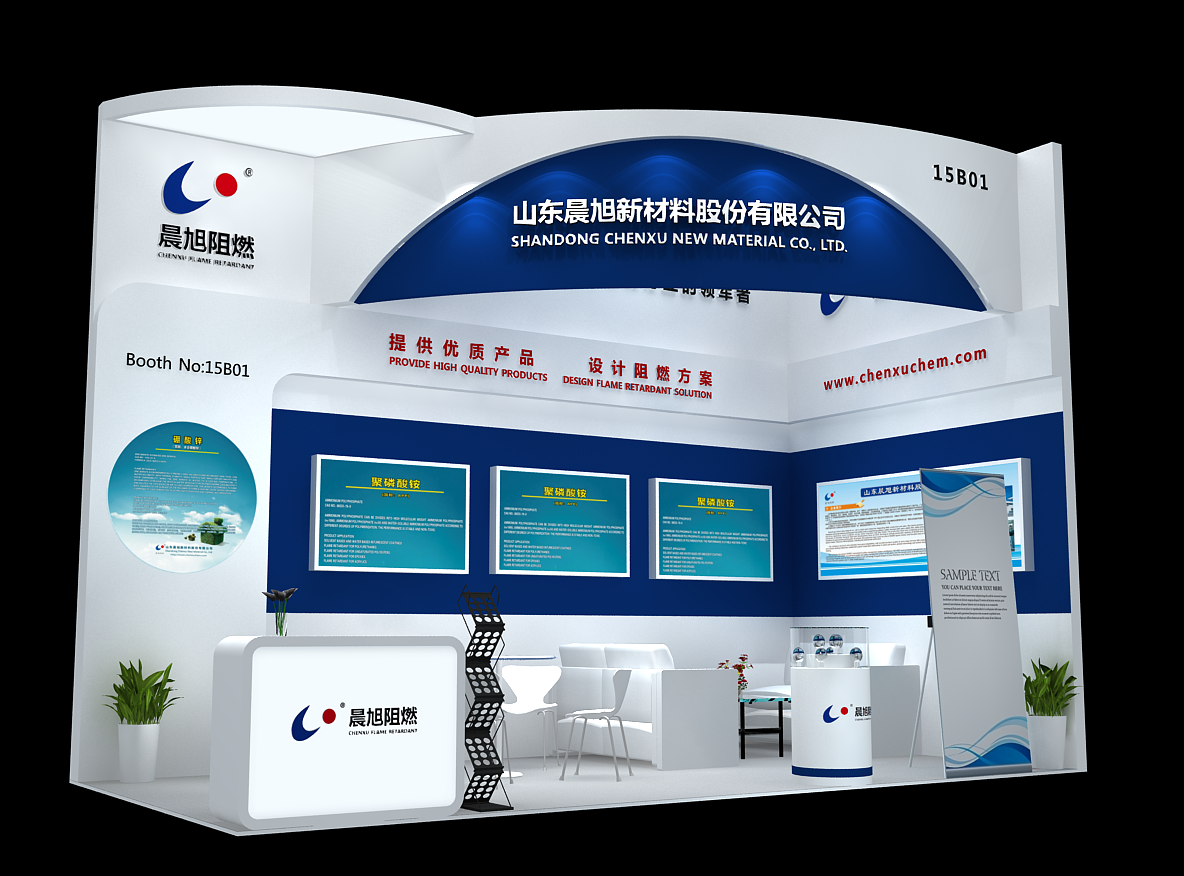The mechanism of TCPP flame retardant is introduced, come and collect!
Release time:
2024-03-12 08:42
The consumption of plastics and resins is more and more widely used in various fields of production and life. However, due to the flammability of plastics and resins, it is easy to cause fires, causing casualties and economic losses. Since the 1960 s, some developed countries have begun to produce and apply flame retardant plastics. In the 1970 s, the consumption and variety of TCPP flame retardants abroad increased rapidly, with an annual growth rate of 6 to 8%. At present, its consumption has leapt to the second place of plastic additives, becoming a major variety after plasticizers.

TCPP flame retardant through endothermic, covering, inhibiting chain reaction, suffocation of non-flammable gas and other mechanisms to play its flame retardant effect, most of them are through the joint action of several mechanisms to achieve the purpose of flame retardant, the following for everyone to introduce.
1. Heat absorption. The heat emitted by any combustion in a short period of time is limited. If a part of the heat energy emitted by the fire source can be absorbed in a short period of time, the temperature will drop, the energy radiated to the surface and acting on the vaporization of combustible molecules to crack into free radicals will be reduced, and the reaction will be inhibited to a certain extent. At high temperature, the flame retardant will have a strong endothermic reaction, absorb part of the heat energy released by ignition, and reduce the surface temperature, effectively inhibit the generation of gas and prevent the spread of discharge. Its mechanism is to increase the heat capacity of the polymer, so that it can absorb more energy before reaching the thermal decomposition body temperature, thereby improving its performance. This kind of heat absorption characteristics combined with water vapor are fully exerted, and its own ability is improved.
2. Coverage effect. After it is added to the combustible substance, it can form a glassy or stable foam coating at high temperature, isolate oxygen, have the functions of heat insulation, oxygen insulation, and prevent the escape of combustible gas, so as to achieve the purpose of flame retardant, such as organic phosphorus flame resistance, When heated, it can produce a more stable cross-linked solid substance or carbonized layer. The formation of carbonized layer can prevent further pyrolysis of polymers on the one hand, on the other hand, the thermal decomposition products can be prevented from entering the gas phase to participate in the ignition process.
3. Inhibition of chain reactions. According to the chain reaction theory of discharge, what is needed to maintain it is free radicals. It can be used to capture free radicals in the reaction in the gas phase incineration zone, so as to prevent the spread of flame, reduce the density of the combustion zone and reduce the combustion reaction speed until the end. For example, halogen-containing flame retardants have the same or similar evaporation temperature as the decomposition temperature of the polymer. When the polymer is decomposed by heat, it will volatilize, at this time, it and the thermal decomposition products are in the gas phase incineration zone at the same time, and the halogen can capture the free radicals in the reaction, thereby preventing the flame from spreading, reducing the flame density in the incineration zone, and reducing the reaction speed until the end.
4. Do not burn gas to suffocate. When it is heated, it will decompose the non-ignitable gas, dilute the concentration of the gas decomposed by the combustible to the lower limit of the incineration, and at the same time, it can dilute the oxygen concentration in the area, prevent the ignition from continuing, and achieve the effect of flame retardant.
TCPP flame retardant
Popular product recommendations
CONTACT US
Sales call:+86 531-87978111
Fax:+86 531-87972518
Email(Login):cxcn@chenxuchem.com
Address: South of East Extension, Chuangxin Street, High-tech Development Zone, Yucheng City, Shandong Province

Wechat QR code


